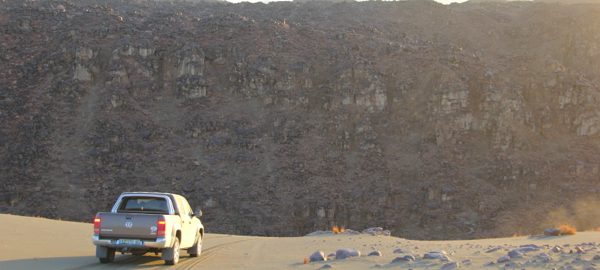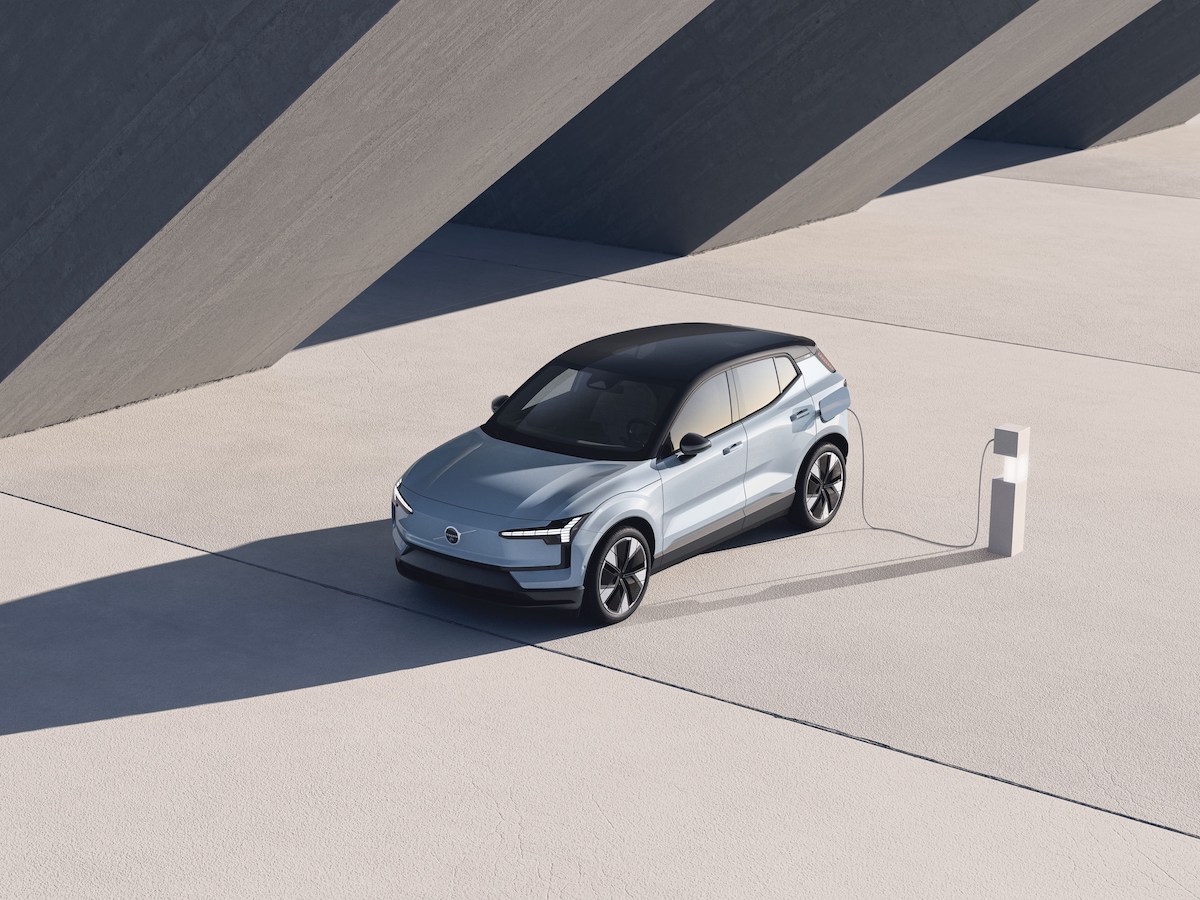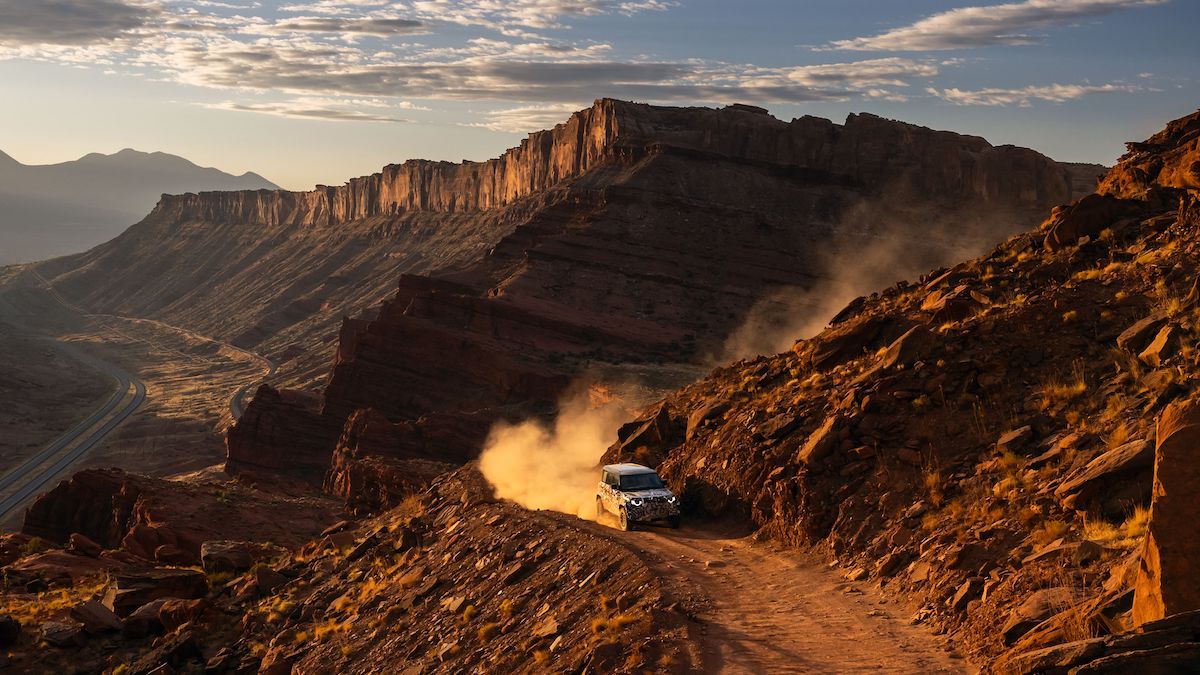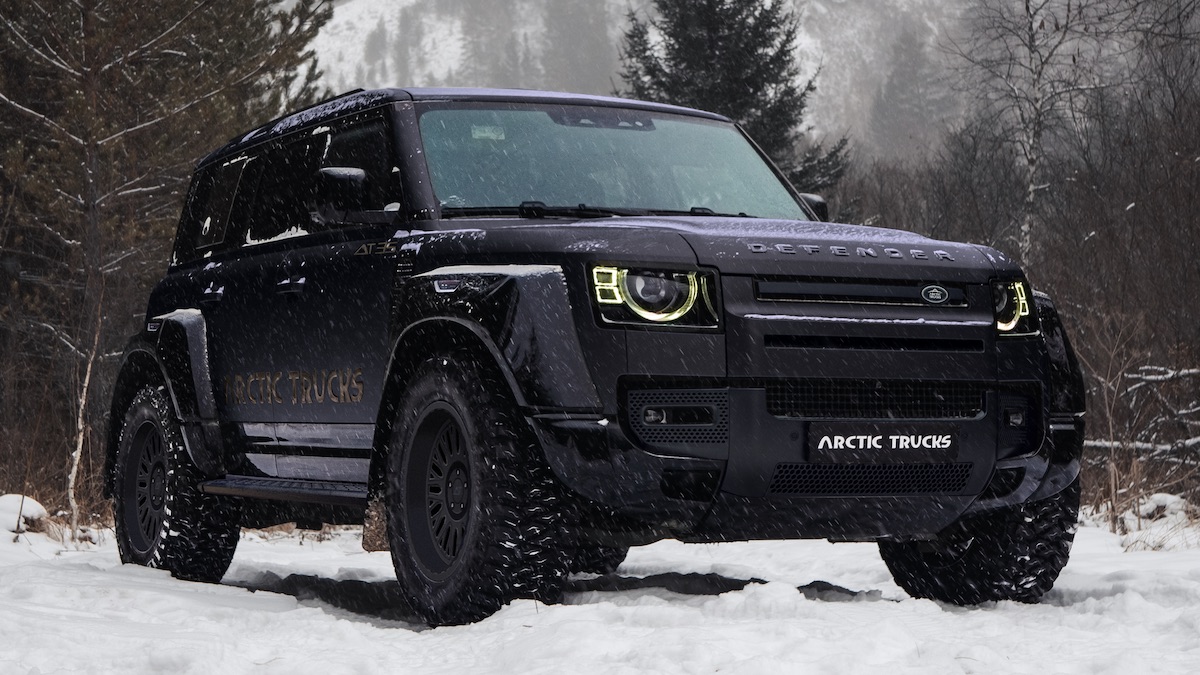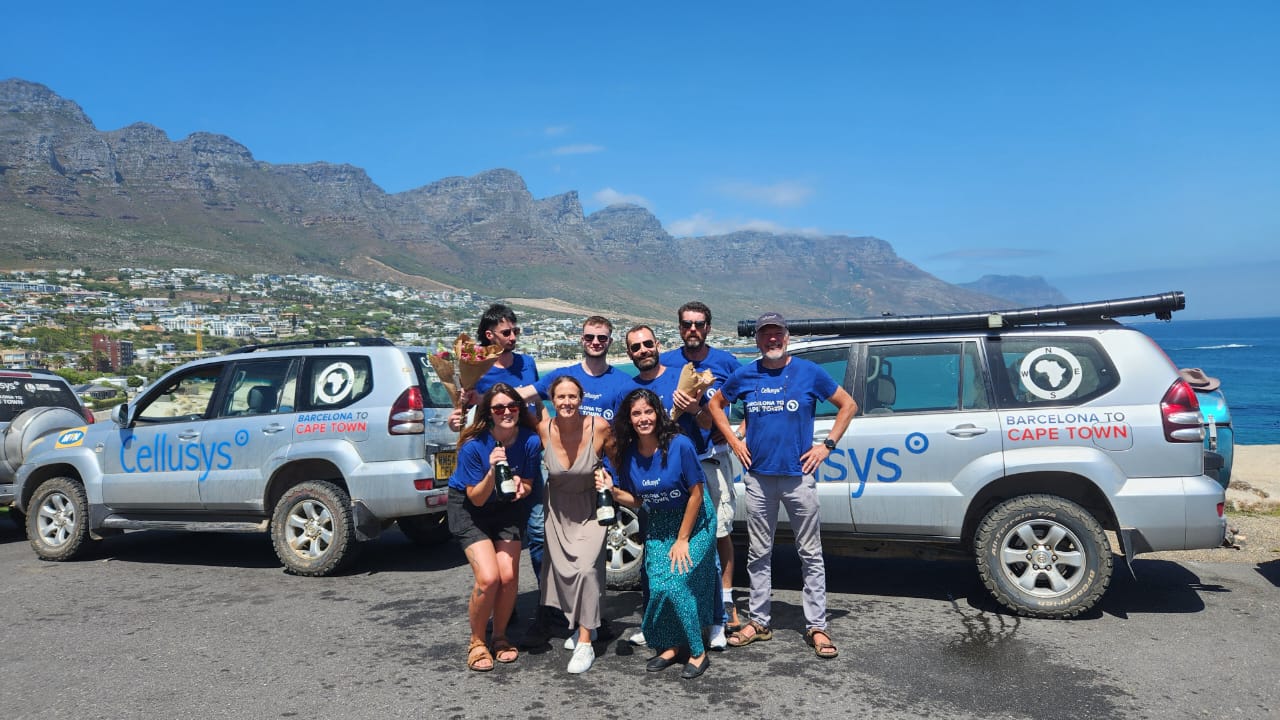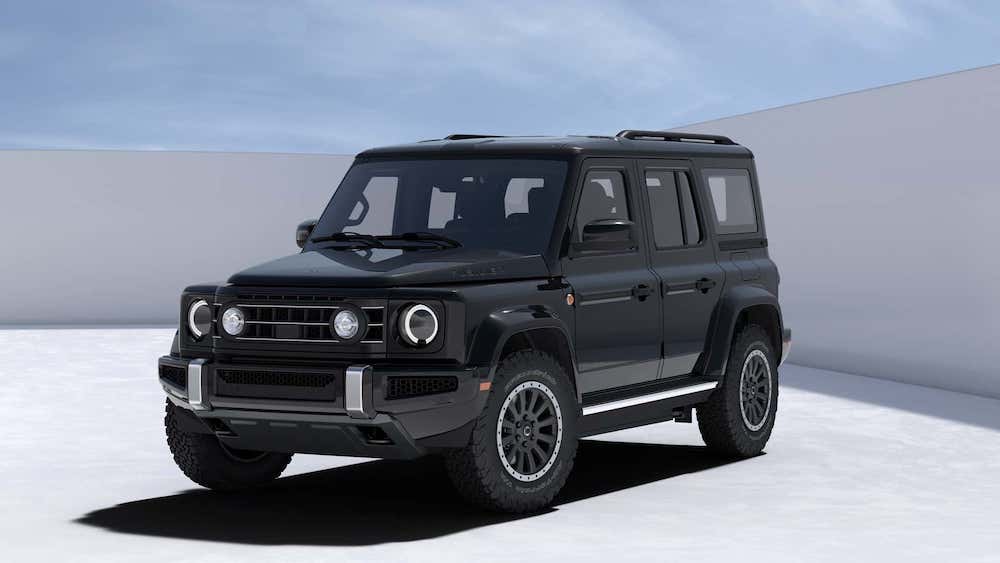It’s a done (Amarok) deal!
Michiel de Villiers from Pretoria was this week announced as the winner of a brand new Volkswagen Amarok 2.0BiTDI double cab bakkie, which was also crowned the Towcar of the Year by a panel of experienced judges.
Michiel closely followed the Hooked Up programme on DStv’s Ignition channel from December 2012 to the season finale, at the end of February 2013. He kept an eye on sister publications CAR and Leisure Wheels, reading up all about the 12 towcar bakkies in the competition over the three months the competition was running.
The SMS competition saw television viewers vote for the bakkie they thought would win, and magazine readers had to answer three questions pertaining to the towcar competition. In the end more than 60 000 SMS entries were logged.
Additionally, the Hooked Up programme on DStv’s Ignition channel (189) recorded an all-time high viewership rating for the channel since it started measuring these ratings in mid-2012. It also proved to be the most popular half-hour show for two months on the trot. In the end, almost one million viewers had watched the programme over the three month period.
This again demonstrated just how big a role the double cab bakkie plays in the South African market. And what an emotive subject it also is! As one would expect, the Amarok haters are crying crocodile tears about the results. So elsewhere on this page you will find all the results, and all the categories.
The TowCAR process:
Just a quick recap on how it all worked first. We recruited eight judges, most of whom were highly experienced tow vehicle drivers and vehicle performance testers. We also include an experienced Joe Public tow vehicle driver for good measure, as well as one relative newbie to the towing game.
The judges had to complete a standard road course with all the bakkies, towing a Sprite Tourer SC, which was loaded to its GVM of 1370kg with sand bags. Each judge literally drove each bakkie with that Sprite in tow over exactly the same section of road, to be able to compare apples with apples. The comprehensive score sheets covered every facet in the book – from exterior to interior, from on-road driving to value for money.
However, since this was a towing contest and not, say, a beauty pageant, we weighted the scoring accordingly. So the exterior and interior sections counted 10% of the overall mark, the value for money section accounted for 5%, and the actual on the road towing experience for 75%.
The bakkies were all 4×2 double cab turbodiesel derivatives, with manual transmissions. Our criteria for selection included pricing, sales numbers, popularity amongst the caravanning community, a possible chance to win the competition, and if it was news worthy or not.
That’s why GWM’s Steed 5 made it into the line-up, for example. It was recently fitted with the new 2.0VGT turbodiesel engine and six-speed manual gearbox, making it news worthy. And a lot of GWMs are actually used as tow vehicles, making it a populist choice.
Analysing the results after the points were tallied, it soon became clear that it would be a three-horse race between the VW Amarok 2.0BiTDI, the Ford Ranger 3.2TDCi and the Mazda BT50 3.2CRDi.
And, as you’ll notice in the scoring percentages, it was only in the “interior” section where the Ford Ranger came close to the Amarok. Even though we expected the 3,2-litre five-cylinder engine in the Ford and Mazda would result in the Amarok drop to third place in the “on road” driving test, it surprised us all by again garnering the most points overall, even though it was not the most powerful.
The results
Overall, the Volkswagen took the crown reasonably comfortably from the much hyped Ford, with the Mazda in third position.
Isuzu’s previous generation KB surprised everyone too, and finished fourth. Yes, it is old and about to be replaced, but that three-litre engine and the five-speed gearbox form the perfect partnership if you want to tow heavy stuff around.
The Ford Ranger 2.2TDCi followed next. We were actually surprised that it did not fare better, but our judges reckoned that, if it had just 10 kW and 20 Nm or so more oomph, it could have been a game changer, especially considering the very keen asking price and all the electronics you get standard.
The 2,2-litre Mazda BT50 finished in sixth position. More power would have been nice, said our judges. However, the Mazda’s cabin proved to be a highlight. It’s very car-like, very comfortable and spacious. The ride was a bit choppy over rough surfaces though, causing a frown on some of our judges’ foreheads.
The 106 kW Nissan Navara 2.5dCi claimed 7 position, which is a very respectable result considering the lack of horses. The six-speed manual gearbox and this engine also makes for a great partnership, ensuring that the power deficit is never a great issue. A 120 kW Navara 4×2 is also available, but it is a lot more expensive. Price was probably the Nissan’s biggest enemy – if it were R25 000 or so cheaper.
And in position number eight – the big upset of the competition, the Toyota Hilux, South Africa’s favourite bakkie. We state again: there is nothing amiss with the Hilux as a tow vehicle. But, there is also nothing special about its towing virtues that will make you brag to your friends about it around a camp fire. It’s not bad at all, but it’s old – and the new generation of bakkies are cashing in on this fact until the next Hilux lands here.
In position nine followed the Mitsubishi Triton, which also impressed our judges with its ride and cabin. However, the bigger 3,2-litre turbodiesel engine is only available in the 4×4 version, and this 2,5-litre derivative was a bit down on horses.
Nissan’s NP300 Hardbody filled position number 10. It’s no youngster anymore, even though the lower spec Navara 2,5-litre engine adds a small margin of refinement to the deal. The cabin is old and dated, and the ride harsh. Unfortunately the power versus gear ratios sums also don’t work out so well. On its own the bakkie is quite okay. But with the 1,4-ton caravan hooked up, it is not.
Before the test days we reckoned the new Chinese Foton Tunland bakkie, with its Cummins 2,8-litre engine, could be a bit of a wild card. This perception quickly changed during the test days though. On its own the bakkie and engine combination is really nice. But the added drag of the van exposed a big turbo lag problem at the lower end of the rev range.
The last place belonged to the GWM Steed 5 2.0VGT. With a new six-speed gearbox and a modern turbodiesel engine the Steed 5 seemed like it could maybe, maybe have a shot at a top five finish. Again, with the Sprite Tourer SC hooked up, a few cracks appeared in the GWM’s armour. It also has bags of turbo lag, and the six-speed gearbox and engine seem to have separated after a squabble – the driving experience just let it down some. Then again, there is that price.
